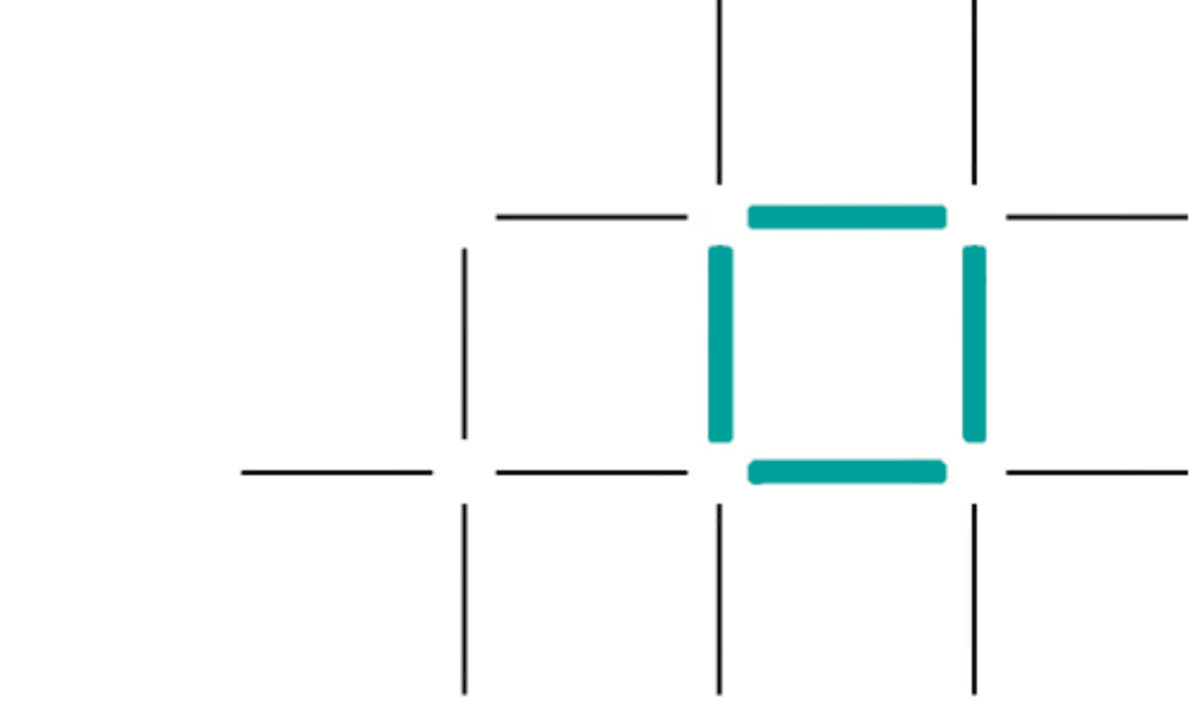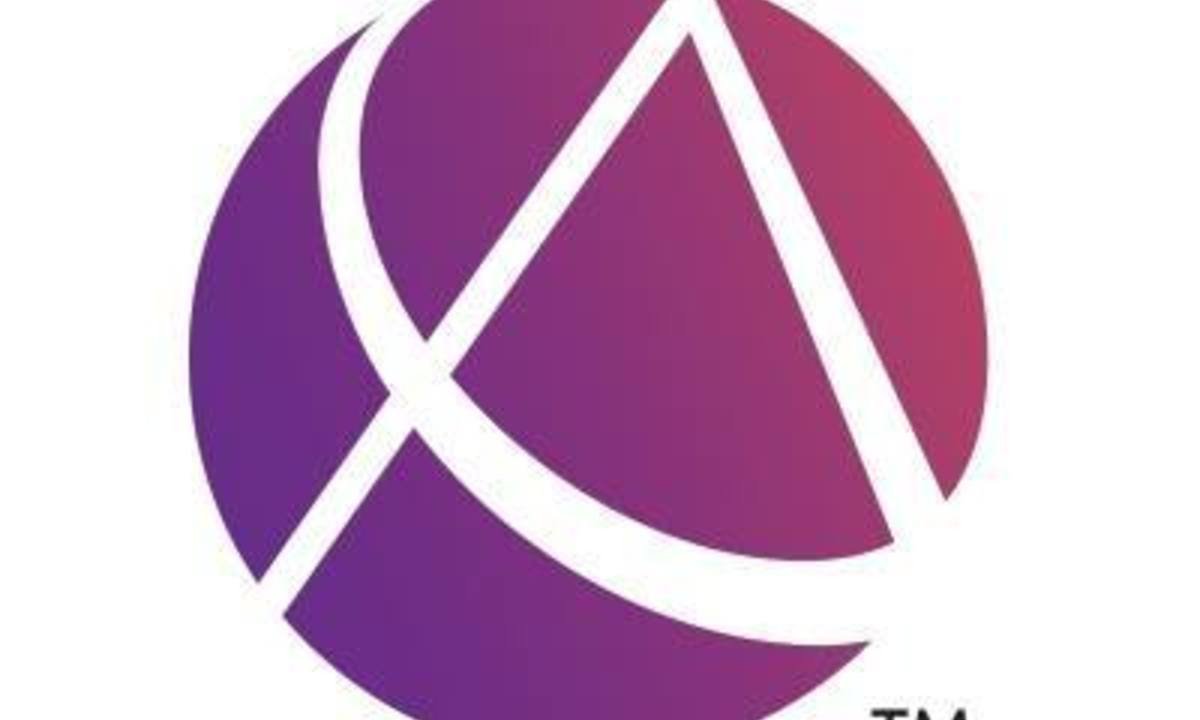GRATIS
Acerca de este curso
- Blockchain Solution Architecture - Fundamentals of Blockchain Architecture
- Welcome to Blockchain Solution Architecture - Fundamentals of Blockchain Architecture! In this course, we will delve into the core principles of blockchain. It offers an overview of various blockchain platforms, hosting decisions, associated technologies, and the key development languages used.
- Module 1: Introduction to Blockchain
- This module provides a comprehensive introduction to blockchain technology. We will discuss what blockchain is, the structure of blocks and chains, basic concepts like distributed ledgers, consensus mechanisms, and smart contracts. We will also explain the different layers of a blockchain like the protocol, network, and application layers, as well as explore blockchain wallets, public/private keys, and blockchain addresses. Finally, we will provide a detailed history of blockchain from its origins in Bitcoin to its evolution and mainstream adoption.
- Module 2: Blockchain Use Cases
- We dive deep into real-world blockchain use cases across industries like finance, supply chain, healthcare, real estate, and more. It analyzes the value blockchain provides in different contexts. It provides a decision framework and checklist to determine when blockchain is an appropriate solution. It discusses alternatives like centralized databases. It covers the differences between on-chain and off-chain data storage and when to use each.
- Module 3: Blockchain Languages and Tools
- Here we survey popular blockchain development languages like Solidity, Vyper, and Hyperledger Fabric. It explores blockchain toolsets and frameworks like Truffle, Embark, and OpenZeppelin for building dApps. It shares learning resources and developer communities to enable getting started. It provides guidance on selecting the right language and tools based on the blockchain platform and use case.
- Module 4: Consensus Deep-Dive
- An in-depth exploration of blockchain consensus mechanisms like proof-of-work, proof-of-stake, delegated proof-of-stake, and practical Byzantine fault tolerance. It explains the Byzantine Generals Problem that consensus aims to solve. It analyzes the pros and cons of each consensus approach.
- Module 5: The Blockchain Trilemma
- This module directly addresses the blockchain trilemma involving scalability, security, and decentralization tradeoffs. It explores potential solutions like sharding, sidechains, state channels, and directed acyclic graphs.
- Module 6: Blockchain Security Overview
- This module examines the blockchain security advantages like cryptography, consensus, and immutability. It also discusses security issues like private key management, Sybil attacks, 51% attacks, and more.
Cursos relacionados

GRATIS Aprendiendo a aprender: Poderosas herramientas mentales…
Deep teaching solutions
Español

GRATIS Programación para todos (Introducción a Python)
University of Michigan
Inglés

GRATIS The Science of Well-Being
Yale
Inglés

GRATIS Negociación exitosa: Estrategias y habilidades esenciales
University of Michigan
Inglés

GRATIS Primeros Auxilios Psicológicos (PAP)
Universitat Autónoma de Barcelona
Español



